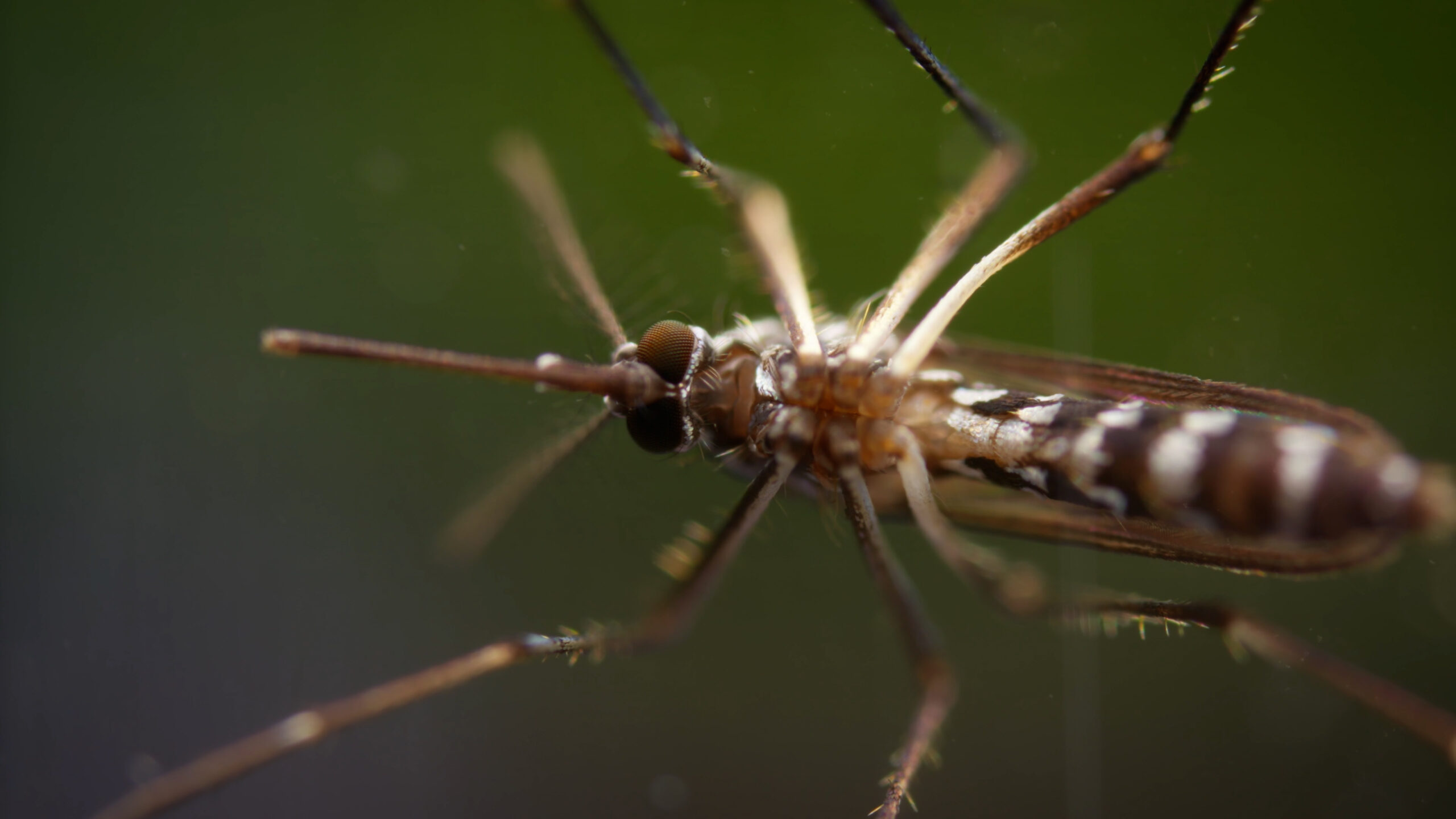One of the major threats to Hawaiian honeycreepers is a deadly, mosquito-borne disease called avian malaria. Similar to malaria that infects humans, the disease is caused by parasites that enter honeycreepers’ bloodstreams when they are bitten by a disease-carrying mosquito. Infection carries a high risk of death — in the most vulnerable honeycreeper populations, the mortality rate reaches 90%.
That rate is so high because honeycreepers evolved on islands where the disease was not present until recently. Avian malaria has been around for millions of years, but it was only introduced to Hawaii in the mid-20th century. Honeycreepers are endemic to the Hawaiian islands, and never developed natural defenses to this disease. Consequently, many species have gone extinct since avian malaria was introduced, and several of the remaining honeycreeper species face extinction themselves.
Luckily, many passionate conservationists are working to protect honeycreepers from the threat of avian malaria. Learn more about researchers’ bold plan to reduce disease-carrying mosquito populations in Hawaii — and save the honeycreepers — in the Wild Hope episode Birds on the Brink.
